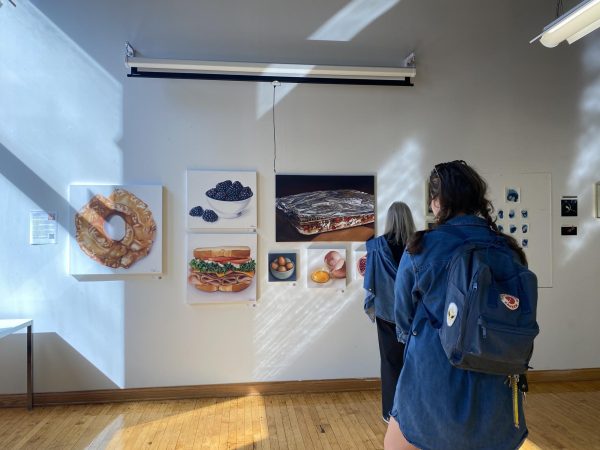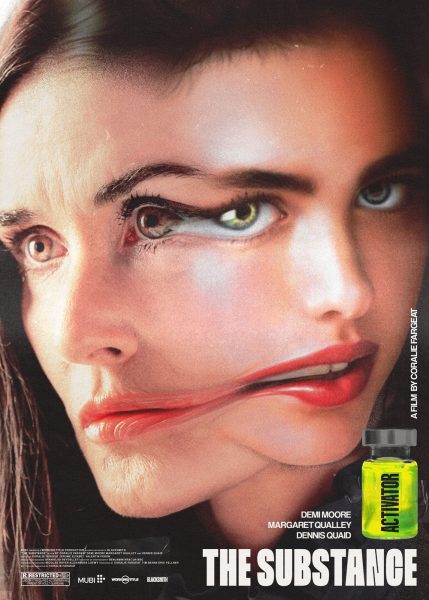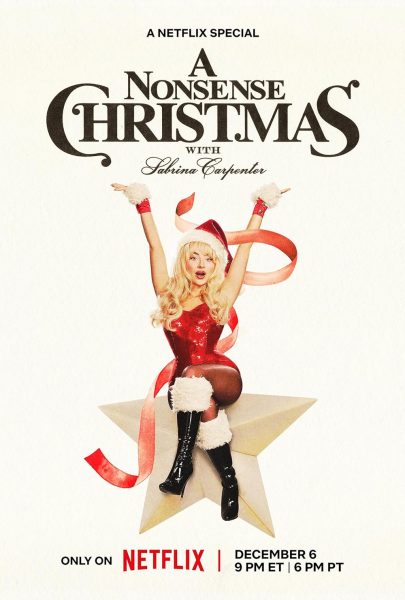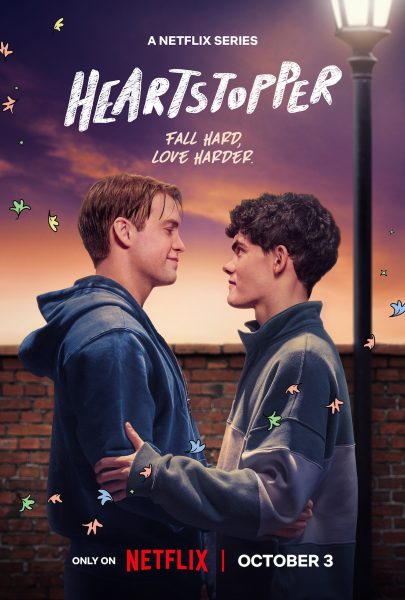‘Bridgerton’ redefined by second season’s change of pace
This review contains spoilers for season one of “Bridgerton”.
What do you get when you drop “Gossip Girl” into Regency-era England? You get the popular Netflix series “Bridgerton,” first released on the streaming platform in December 2020. Backed by executive producer Shonda Rhimes — known for “Grey’s Anatomy” and “How to Get Away with Murder” — “Bridgerton” redefined period dramas. Its candy-colored production painted explosive romance and multi-layered social commentary onto television screens. The Bridgerton siblings and their journey through high society captured the hearts of viewers across the world.
Since its release, viewers have had a good idea of what’s to come for the show’s future. Adapted from Julia Quinn’s book series of the same name, the show is slated to cover each Bridgerton sibling’s love story, starting with Daphne Bridgerton (Phoebe Dynevor) in season one. Anthony Bridgerton (Jonathan Bailey), the family’s eldest, took center stage in Bridgerton’s second season, which dropped on March 25.
With how much of an impression Daphne and Simon Basset (Regé-Jean Page) made on viewers in the first season, I wondered if Anthony’s story would equally impress me. Daphne and Simon’s relationship was a whirlwind of a romance that adopted an enjoyable trope: fake dating. The two started out as what was essentially a business arrangement and grew into finally understanding that they needed each other to heal. The first season establishes Daphne with a goal: to find love in a society where women are stripped of choice. This drives her conflict with Simon — who does not want children — in an riveting way. On the other hand, Anthony’s scandalous visits to his mistress allow us to understand that he is deterred by the idea of marrying for love, and this sets up his story for season two.
Enter Kate Sharma (Simone Ashley) — the older half-sister of Edwina Sharma (Charithra Chandran). Arriving from India, Kate’s looking to get her sister a love match and ensure her happiness. When Edwina is named the social season’s diamond by Queen Charlotte (Golda Rosheuval), the younger Sharma catches Anthony’s eye. Aware that Anthony will not be able to give Edwina the love and happiness she deserves, Kate becomes fiercely protective of her and clashes with Anthony. Born out of this conflict of interests is a classic enemies-to-lovers story, and it’s well done here.
Anthony’s obstinate nature constantly vexes Kate, and Kate’s equally stubborn character frustrates Anthony. And yet, as Anthony further courts Edwina, he falls in love with her sister, torn between desire and a duty to his family.
Unlike last season, the couple’s screentime isn’t largely fueled by sex scenes but by a deeper inspection into each character’s backstory and development. Viewers see how Kate and Anthony value their family and incorporate their worldview into their own lives, and it works to create tension between the two. Enemies-to-lovers is overdone, but if executed properly, it will always excite. Kate and Anthony’s chemistry is a tantalizing slow burn, a different pace from Daphne and Simon.
As mentioned previously, “Bridgerton” is no ordinary period drama. Headed by a Black queen, it takes place in an interracial England. Race does not influence the stories of Bridgerton’s characters, and on a broader note, race doesn’t seem to be an issue at all (at least from the viewer’s perspective). This unique aspect of the show has received mixed reactions, from being praised for reflecting a modern world to creating static characters only there for diversity points. Season two took the cultural diversity to the next level by changing the original Kate — named Kate Sheffield in Quinn’s novel — to Kathani Sharma. Indian representation is strong this season, with Kate speaking Hindi in the first episode, the inclusion of Hindi terms of endearment, the pre-wedding ritual known as haldi and other cultural practices. This major change to Kate’s character was well-done and much-needed.
Another subplot that threads through the show is one that cannot be ignored. At the end of season one, we discover that Lady Whistledown is none other than Penelope Featherington (Nicola Coughlan). As she is restricted by her society and family, she pens her thoughts and juicy gossip down on paper for all of London to read — and eventually, it all comes crashing down on her (I still don’t know how beefing with the queen as Lady Whistledown made her last this long).
Season two continues to be excellent at showing how different characters impact each other through their individual stories. Eloise Bridgerton (Claudia Jessie)’s friendship with Penelope is compromised when the queen gets involved, and Penelope is forced to dig her way out of this disastrous problem. With Penelope and Colin Bridgerton (Luke Newton)’s story on the horizon, I’m really curious to see how Penelope’s character will continue to develop and step up to the challenge.
There are far too many things to touch on for this season, such as Eloise’s conflict between her societal role and the feminist movement and Lady Featherington’s (Polly Walker) struggle with debt and the death of her husband, but I suppose it is an invitation to go and watch the new season. The show changes its tone — scrapping the steamy scenes for something more slow and smoldering — so you may be displeased by the inconsistency. Regardless of how you like your romance, “Bridgerton” season two did not fail to impress.
Your donations directly fund the Lane Tech student journalism program—covering essential costs like website hosting and technology not supported by our school or district. Your generosity empowers our student reporters to investigate, write, and publish impactful stories that matter to our school community.
This website is more than a publishing platform—it's an archive, a research tool, and a source of truth. Every dollar helps us preserve and grow this resource so future students can learn from and build on the work being done today.
Thank you for supporting the next generation of journalists at Lane Tech College Prep!
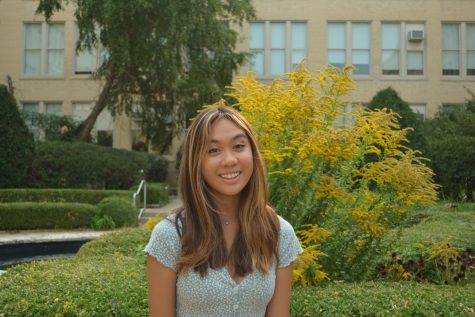
Megan is a senior and in her second year as a Champion editor. Whether it's playing on the field or reporting on the sidelines, sports never fail to be...


